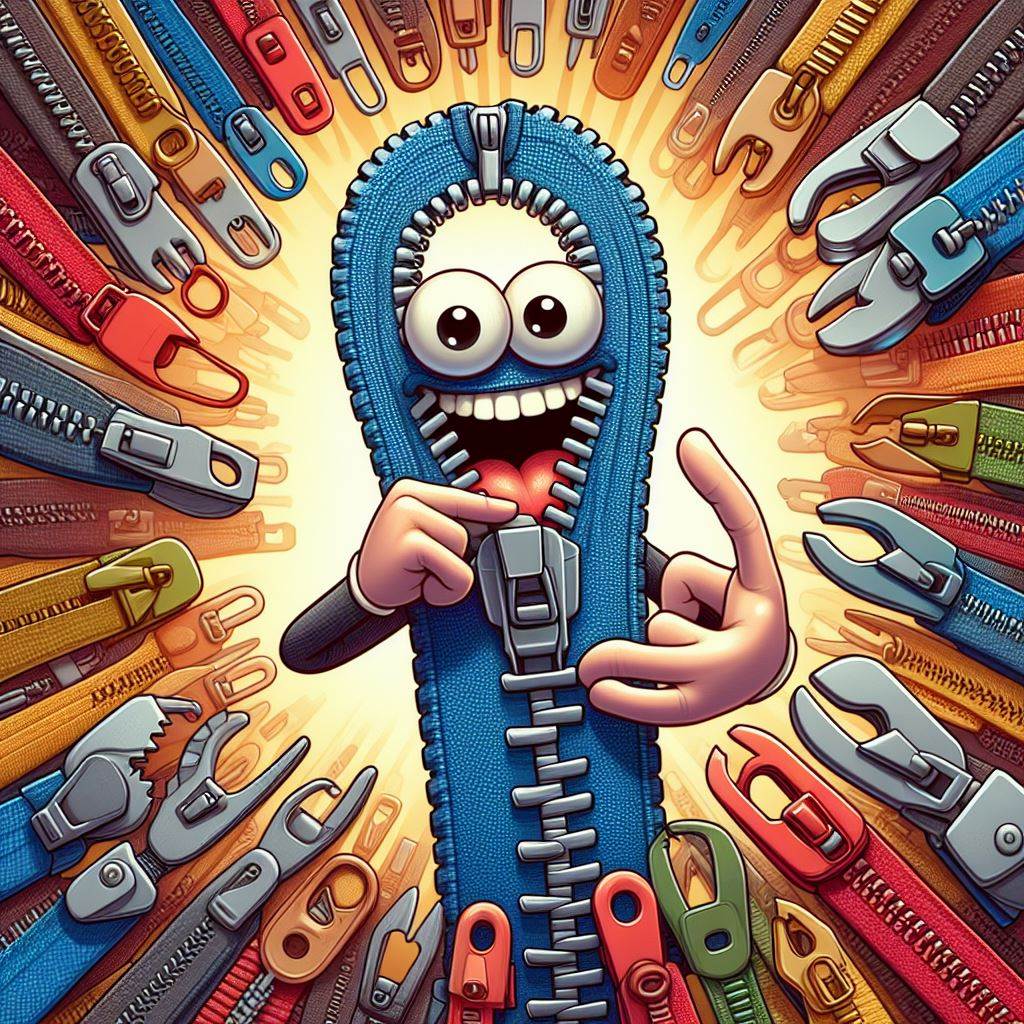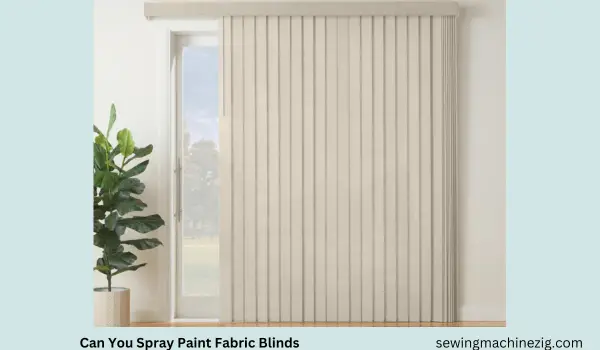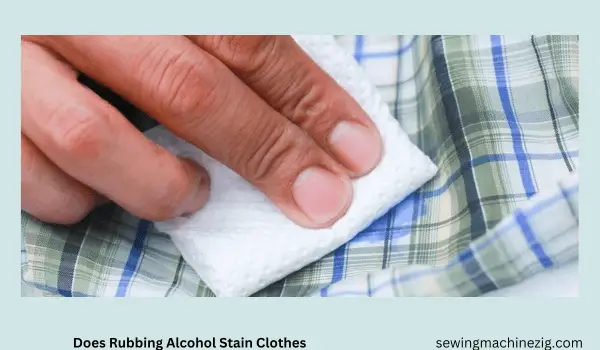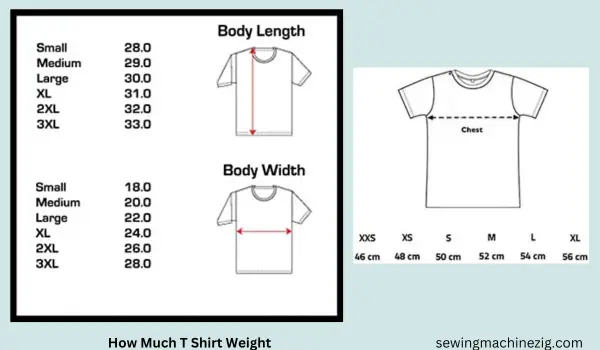
In the mundane yet essential world of fastenings, zippers weave seamlessly into our daily fabric, effortlessly uniting two halves with a swift pull. Yet, in the simplicity of this mechanism lies a curiosity: “How many teeth do zippers have?” It’s a question echoing in the minds of those who’ve felt the frustration of a misaligned zipper or experienced the relief of a perfectly synchronized closure. As we unzip the mysteries, let’s delve into the world of tiny teeth that hold our garments together, exploring the intricate anatomy of zippers.
How Many Teeth Do Zippers Have Detailed Answer

The humble zipper, a seemingly unassuming device, boasts a fascinating design comprised of interlocking teeth. Let’s unravel the intricacies of zipper teeth, exploring the process of their creation, assembly, and the role they play in the seamless operation of this everyday fastening:
1. Teeth Manufacturing:
Zipper teeth are typically made of metal, plastic, or nylon. The manufacturing process involves precision molding or cutting to create uniform, interlocking shapes.
2. Arrangement on Zipper Tapes:
Zipper teeth are attached to two parallel fabric strips known as zipper tapes. The arrangement of teeth on these tapes determines the type of zipper, such as coil zippers, tooth zippers, or molded plastic zippers.
3. Types of Zipper Teeth:
Zippers come in various types based on the design of their teeth. Coil zippers feature spiral-shaped teeth, tooth zippers have individual tooth-shaped protrusions, and molded plastic zippers have teeth molded directly onto the fabric tapes.
4. Zipper Sizes:
Zippers are available in different sizes, each denoted by a numerical code. Common sizes range from #3 to #10, with smaller numbers indicating finer zippers suitable for lightweight fabrics, and larger numbers for heavier materials.
5. Zipper Lengths:
Zipper teeth lengths vary based on the zipper’s intended use. Shorter zippers are ideal for pockets and small openings, while longer zippers are suitable for garments like jackets and dresses.
6. Interlocking Mechanism:
The magic of zippers lies in their interlocking mechanism. When the zipper slider is moved along the tapes, the teeth interlock, creating a secure closure. Understanding this mechanism is key to troubleshooting zipper issues.
7. Repairing Zipper Teeth:
Damaged or misaligned zipper teeth can be a common issue. Gentle manipulation using tools like pliers may help realign teeth, but if the damage is severe, replacing the zipper may be necessary.
8. Quality and Durability:
The durability of a zipper depends on the quality of its teeth. High-quality zippers feature precisely molded or cut teeth that withstand frequent use without bending or breaking.
9. Invisible Zippers:
Some zippers, known as invisible zippers, have specially designed teeth that are concealed behind the fabric when the zipper is closed. This creates a seamless and discreet appearance.
10. Care and Maintenance:
Regular zipper care involves keeping the teeth free from debris, lubricating the zipper slider with wax or specialized lubricants, and avoiding excessive force when operating the zipper to ensure longevity.
Summary: The small yet mighty teeth of zippers are the unsung heroes of garment fastenings. Understanding their variety, manufacturing, and interlocking mechanisms illuminates the seemingly simple yet sophisticated world of zippers. “How many teeth do zippers have“
How Many Teeth Do Pants Zippers Have

Pants zippers, like the garments they adorn, boast a specific number of teeth that contribute to their functionality and aesthetic. Let’s unravel the details of the anatomy of pants zippers, exploring the process of their creation, the arrangement on zipper tapes, and the role they play in ensuring a secure closure:
1. Standard Teeth Count:
Pants zippers typically have a standard number of teeth based on their size and purpose. Common sizes range from #3 to #5 for pants zippers, with variations for different styles and fabrics.
2. Teeth Arrangement on Tapes:
The arrangement of teeth on zipper tapes is crucial. For pants zippers, the teeth are evenly spaced along the fabric tapes, ensuring a uniform and secure closure when the zipper is engaged.
3. Types of Teeth:
The types of teeth used in pants zippers vary. Coil zippers, featuring a spiral-shaped continuous coil, are commonly used for pants due to their flexibility and smooth operation. Tooth zippers, with individual tooth-shaped protrusions, are also used for heavier fabrics.
4. Length and Size:
The length and size of pants zippers depend on the garment’s design and intended use. Longer zippers are suitable for pants with extended closures, such as those in jeans, while shorter zippers may be used for pockets or specific design elements.
5. Quality and Durability:
The durability of pants zippers is influenced by the quality of their teeth. High-quality zippers feature precisely molded or cut teeth that withstand the rigors of frequent use without bending or breaking.
6. Slider Mechanism:
The slider, the component that moves along the zipper tapes to engage or disengage the teeth, is designed to smoothly navigate the teeth arrangement. Proper alignment and functionality of the slider contribute to the overall performance of the zipper.
7. Replacement and Repair:
If pants zipper teeth become damaged or misaligned, replacement or repair may be necessary. Professional alterations or replacing the zipper entirely can ensure continued functionality and a polished appearance.
8. Zipper Styles for Pants:
Different styles of pants may feature specific zipper designs. Invisible zippers, where the teeth are concealed behind the fabric, provide a sleek appearance, while exposed metal or plastic teeth zippers may be chosen for aesthetic reasons.
9. Choosing the Right Zipper:
Selecting the right zipper for pants involves considering factors such as fabric weight, style, and design. The choice of zipper teeth type and size contributes to the overall look and functionality of the garment.
10. Maintenance Tips:
Regular maintenance, including keeping the zipper teeth free from debris and lubricating the slider with appropriate products, ensures the longevity and smooth operation of pants zippers.
Conclusion:
As we zip through the intricacies of zipper teeth, the keyword persists: connection. These tiny teeth, often overlooked, hold the power to seamlessly connect our garments, ensuring the smooth functioning of a daily essential. In the symphony of fashion and functionality, appreciating the role and design of zipper teeth transforms the act of zipping into an acknowledgment of the intricate dance these small components perform.
FAQs:
Q1: Can I replace individual zipper teeth if they are damaged?
A: Replacing individual zipper teeth is a complex task and may not be practical. If zipper teeth are damaged, it’s often more effective to replace the entire zipper for optimal functionality. “How many teeth do zippers have“
Q2: What causes zipper teeth misalignment, and how can it be fixed?
A: Zipper teeth misalignment can be caused by various factors, including fabric caught in the zipper. Gently manipulating the zipper slider with pliers may help realign the teeth. If the issue persists, professional repair or zipper replacement may be needed. “How many teeth do zippers have“
Q3: Are metal zipper teeth more durable than plastic ones?
A: In general, metal zipper teeth are considered more durable than plastic ones. However, the choice depends on the intended use and the desired aesthetic. Metal zippers are often preferred for heavy-duty applications, while plastic zippers may be suitable for lightweight garments. “How many teeth do zippers have“



